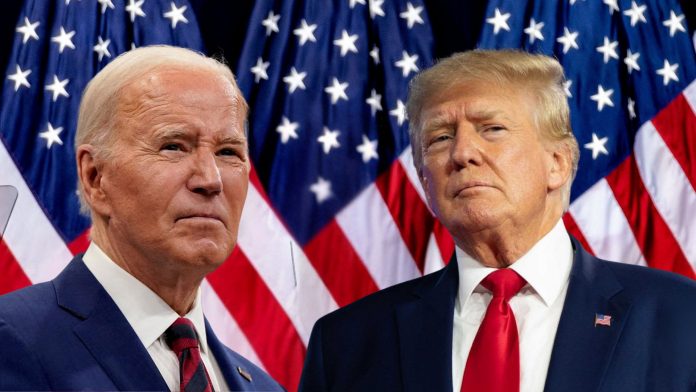As President Joe Biden prepares to leave office at the end of the month, nearly 40 million federal student loan borrowers across the U.S. are preparing to face substantial changes.
The incoming administration, led by President-elect Donald Trump, strongly opposes student loan forgiveness policies, leaving borrowers uncertain about the future of debt relief programs like the Saving on a Valuable Education (SAVE) plan.
Experts predict that the SAVE plan, introduced by Biden’s administration, may not survive under Trump’s leadership. Betsy Mayotte, president of the Institute of Student Loan Advisors, stated, “For those worried about SAVE going away, I think it probably will, unfortunately.” Given this situation, borrowers must understand their remaining relief options and take proactive steps to prepare for potential policy changes.
Relief options still available
Despite the challenges ahead, borrowers can still access several relief programs. One of the most notable is the Public Service Loan Forgiveness (PSLF) program, which lawmakers do not expect to eliminate anytime soon. President George W. Bush signed PSLF into law in 2007, allowing qualifying government and non-profit employees to cancel their loans after a decade of payments.
Mayotte explained, “PSLF is written into federal law by a Republican president, and it would take an act of Congress to eliminate it. Not all the Republicans want it gone, so such a law change is extremely unlikely.” Even if lawmakers eliminate the program, it would only apply to new borrowers; current participants can still work toward loan forgiveness.
Additionally, the U.S. Department of Education has announced the reopening of two student loan repayment plans while legal challenges continue to plague the SAVE plan. These plans—Pay As You Earn (PAYE) and Income-Contingent Repayment (ICR)—are income-driven and offer affordable repayment terms based on income and family size, with debt forgiveness available after a specified period. Borrowers can enroll in these plans until July 1, 2027.
For borrowers facing greater financial hardships, the Trump administration may offer various deferments and forbearances, including unemployment deferments for those out of work and economic hardship deferments for individuals receiving certain types of federal or state aid. Other lesser-known deferments are also available for military service, graduate fellowships, and cancer treatment.
However, during this transition between administrations, borrowers must keep their records updated. Although the Biden administration took several steps to improve student loan relief programs, borrowers might experience slower processes or policy changes with a new government in place.
Elaine Rubin, director of corporate communications at Edvisors, emphasized, “It’s essential for borrowers to check their loan status to ensure that all details are accurate and to stay informed about communications regarding their loans.” Those seeking loan forgiveness—through income-driven repayment plans or PSLF—should verify how many qualifying payments they have made toward their debt reduction goals.
Nevertheless, as the Biden administration concludes and President-elect Trump prepares for office, borrowers must act swiftly to secure their financial futures. It is important to understand your options and keep accurate records to successfully navigate this uncertain period and maintain access to relief programs.










